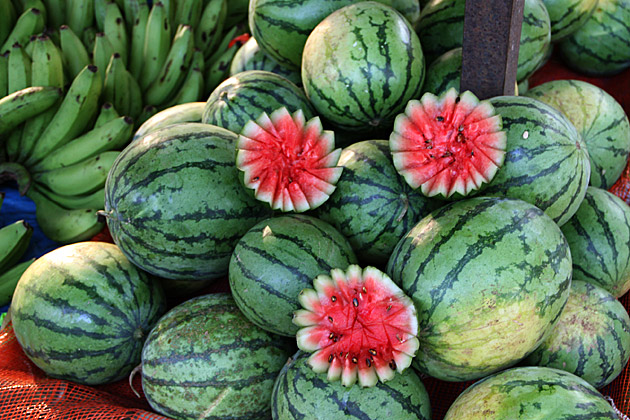
At least once in your life you should have visited a Sunday market. And you have probably noticed that from some sellers you want to buy more than from others and if you come back to the market you are more likely to look for them again. In the first sight you may think what kind of sales strategy or sales techniques can be used at ordinary Sunday market? Just get a nice place where you are well seen, show your goods and wait for customers. Sure this works however the sellers are not only in the central place or first rows and sometimes we still go and look for them.
There are some stages of a classical sales system:
- Preparation
- Attracting attention
- Making contact
- Presentation
- Offer
- Work with objections
- Conditions negotiation
- Deal support
Preparation
This is the presentation preparation stage. All the fruits are cleaned and polished, organized by size or color or whatever make them look better for the customer. Customer is buying with eyes and the goods should be presented in all the glory. Potential customer must be willing to buy.
Attracting attention
Everything is in use: bright uniform, big hats, funny or loud voice and greetings, funny or bright signs that attract customer attention. Customer needs to pay attention. If he doesn't come to have a closer look or seller doesn't catch his attention then there will be simply no sale.
"Hi" and "How are you?". Small talk about nice day and some compliments for the customer. Nothing extra and all nicely framed with some advice what to buy. Here is the contact established.
Presentation
"Have a look at the great fruits I have here! Those are extremely fresh and tasty! I have apples, pears...." and yes, customer is buying with eyes however audio accompanying visual presentation is covering at least 2 types of customers (audials and visuals). As soon as the stopped his glance on one of the fruits the presentation goes even deeper and there you can touch and try the fruits. Presentation keeps on going till customer asks "How much?".
Offer
The offer is prepared in advance "The price is 5 euro/kg" however (if any hesitation noticed) 4 euro/kg just for you (individual approach!).
Working with objections
"Why so expensive?" will ask the customer. "Freshly delivered from the farm, grown by myself, 100% organic" (replies to the questions with objections are ready in advance.)
Conditions negotiation
"OK, 2 kilos for 8 euro" and if he puts a bit more then price is a bit higher. "And here are plums. Want to try?" and sale goes on.
Deal support
"Let me put it for you in a nice bag and here is my flyer and you get discount for next purchase."
So simple and straight forward however something can be learnt from this:
- Following all the sales stages properly makes sale more effective and increases number of transactions.
- Customer is buying with eyes. This opportunity should be given.
- Without attracting customer's attention there's no sale.
- Minimum of instruments (prepared in advance) should be used for making contact.
- In the presentation there's no need to have a deep dive in product qualities straight away. Product qualities should be uncovered layer by layer and step by step.
- Is customer is asking questions, customer has interest.
- Offer should be made only when customer shows interest.
- All customer questions should be answered as this increases the level of trust.
- Negotiate the conditions of the deals in the beginning.
- No need to sell everything at once. Sell one product and then move to another one.
- Selling to existing client is easier than to a new one.
- Deal support and service increases customer satisfaction and loyalty.
No comments:
Post a Comment